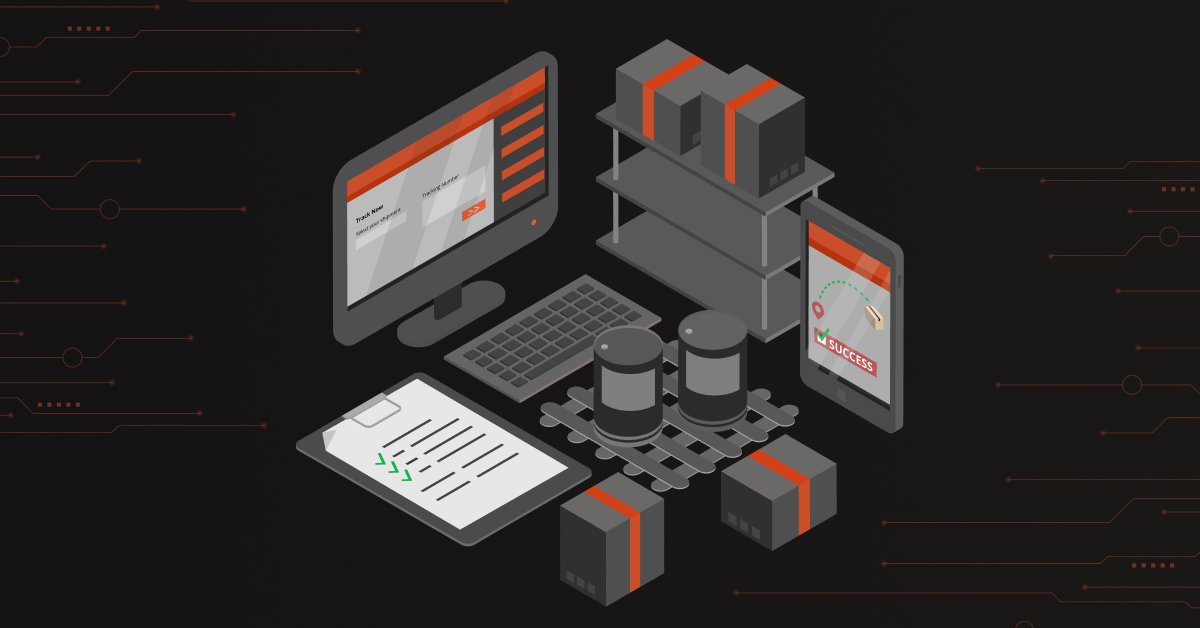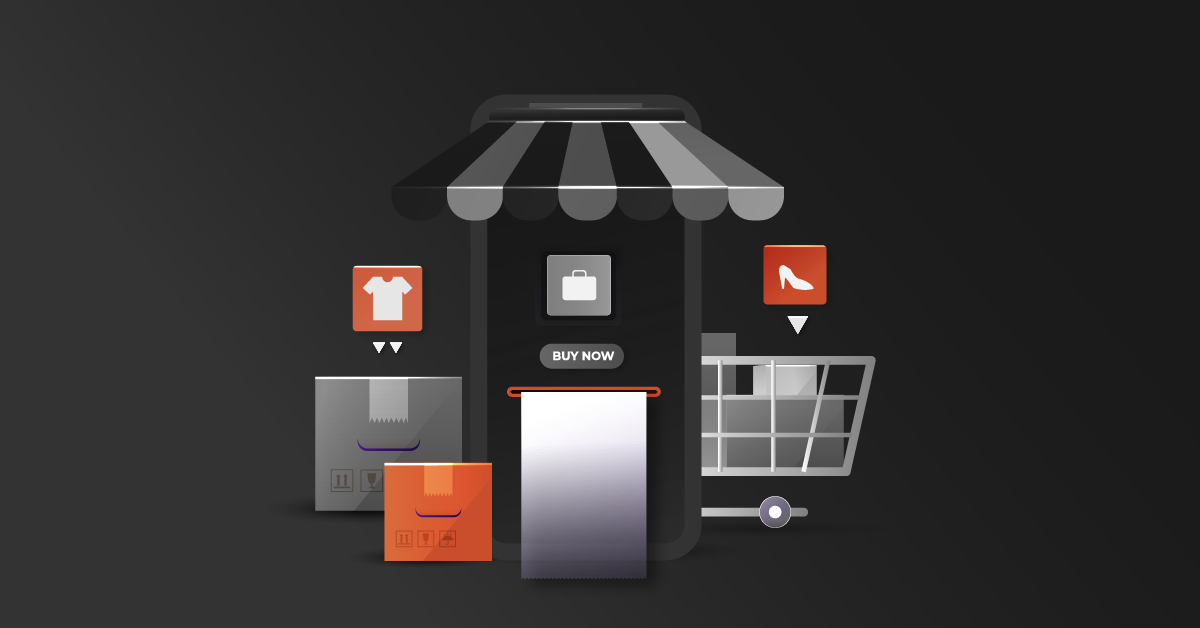Disrupting Modern e-Commerce Through Mastering Customer Experience
Last week marked the first ever DCKAP Summit – a one day e-Commerce event that included speaker sessions, product demos, and networking opportunities for vendors and merchants alike. As it was the inaugural DCKAP Summit, I wasn’t quite sure what to expect, however expectations were exceeded and I think it’s safe to say that the event provided much value to all those in attendance. While already looking forward to next year, I wanted to take a moment and highlight some of my favorite moments from a few of our featured guest speakers including Marc Ostryniec from Big Commerce, Loren Kelly of Bolt, & Stephen Cohen from Dot Digital.
Contemporary Commerce is Experience Driven
spoke on Contemporary Commerce – or more specifically, what it takes for a brand or business to be relevant in the modern age of disruption and internet retail. He began his talk with a history lesson behind the prominent shaving and razor brand, Gillette. Gillette was started in 1901 when founder King Gillette (not actually a king) set out to invent a consumer friendly shaving razor as an alternative to the only option at the time, the straight razor. Out of this quest came the safety razor, which bears a significant resemblance to today’s modern day equivalent. While initially, the product was priced higher than what most consumers could afford, Gillette caught a break when the US government purchased 3M of Gillette’s innovation to distribute among soldiers during World War 1 – as Gillette’s style razor made for a much quicker and safer shave in the field than a traditional straight razor. An interesting side note: Gillette’s blades were also magnetized, and when held by string, pointed due north which assisted POW’s in their escape or those lost without a compass.
Nearly 100 years later, Dollar Shave Club enters the scene with a similar mission to Gillettes – to provide a more consumer friendly, quality product, that costs less by selling direct to consumer with a subscription based model. A great example of market disruption achieved through slight iteration.
Marc then went on to detail one of his recent online shopping experiences where he paid $6 more for the same product to a retailer who offered a better experience. In this case, the better experience was simply the lower effort more seamless experience; he already had an account with the vendor and fast delivery was guaranteed. So how do we achieve such experiences that are disruptive to the status quo? According to Marc, one method is by embracing the Japanese concept of Shuhari, the principles of which are outlined within the context of e-Commerce below.
Shu = Form; we must master the basics
Ha = Small changes; perfection is achieved through iteration
Ri = Disruption through the repetition of the previous steps
In other words, once we have a product in place, be it a physical product, service, or other offering, it must master the baseline experience. Once the basics are mastered, we then, through means such as analytics, data, etc… can begin to look for incremental ways to innovate and improve the experience and achieve disruption.
Watch Marc’s keynote speech on Youtube.
Driving Revenue by Perfecting the Checkout Experience
Marc’s last point is the perfect segue into another of my favorite sessions of the day. Loren Kelly from Bolt spoke about Bolt’s checkout product and how the checkout experience is critical to achieving that seamless, low-effort experience Marc spoke about paying $6 more for. Some startling statistics about checkout:
- 75% Customers abandon cart
- 23% Customers abandon their cart because of poor checkout experience.
- 7% Conversion loss for every additional second during checkout
- 40% Dropoff experienced from sites with login walls (ie; mandatory account sign-up)
These numbers reflect all the more reason to take a good look at your checkout experience, especially if it suffers from any of these symptoms:
- Redundant or unnecessary inputs, ie; do customers have to enter the same information twice or enter unnecessary information?
- Is scrolling required – especially on mobile?
- Bad input UX ie; is the alpha keypad shown when customers are trying to provide their phone number?
The above examples are just a few easy steps we can take to greatly improve checkout UX. However, for those looking to take their checkout to the next level, Bolt delivers the following for a hyper-optimized checkout:
- Leverages cloud data and is constantly iterating, ie; user data is saved across multiple checkouts using Bolt for faster checkout
- Bolt checkout is an average of 4 clicks and 8 fields
- Bolt checkout is 90 seconds faster
- Single click checkout is coming
Watch Loren’s talk on YouTube.
Driving Customer Experience Through Automation
The last speaker session I’d like to highlight was Stephen Cohen of Dot Digital’s talk on increasing revenue by automating touch points. Stephen began his presentation with an incredible KPI from Coca-Cola: Coca-Cola’s goal is to achieve 65 brand impressions per person every day. This is rather astonishing if you think about it, and, in practice, I can definitely recount days where this has been met. However, for most mortal brands and businesses, we don’t have the resources that a giant like Coca-Cola has, so how do we achieve this same sense of branding and experience? Through automation.
As outlined by Stephen, the first step to automating such experiences is by identifying the key touch points. For most e-Commerce businesses this includes things like the website, transactional or marketing emails, packaging, and so on. Each of these touch points will serve, intentionally or not, to:
- Form opinions about your brand
- Change opinions about your brand
- Reinforce opinions about your brand
Stephen used an example from the Shatto Milk Company who works clever copywriting into their messaging on the side of their delivery trucks as a way to engage with their customers by providing an unexpected and memorable experience. By creating this experience, shoppers may be more likely to select Shatto over a competitor because of that initial opinion they formed over a competitor who isn’t as engaging.
Once we have our various touch points identified, we can then think big while starting small. In other words, it’s the details that separate poor, average, good, and great experiences from one another – as in the Shatto example. If this still sounds a bit overwhelming, luckily Dot Digital is here to help by evaluating and automating many of your customer touch points essentially making time, by saving time.
Watch Stephen’s talk on YouTube.
DCKAP Summit Key Takeaways
These are just highlights from three of the many wonderful sessions over the course of the day. However, many, if not all, shared a few recurring themes:
1. Iteration is Vital
Disruption is only possible through constant analysis, testing, and iteration.
2. Customer Experience is Key
The best experiences are seamless and low effort. Additionally, every touch point is an opportunity to engage and enhance the customer’s experience.
Thanks again to the DCKAP team, as well as all Summit sponsors and attendees for a great event. If you missed out on the 2019 Summit, make sure you keep DCKAP Summit 2020 on the radar by signing up for the DCKAP mail list. See you all next year!







